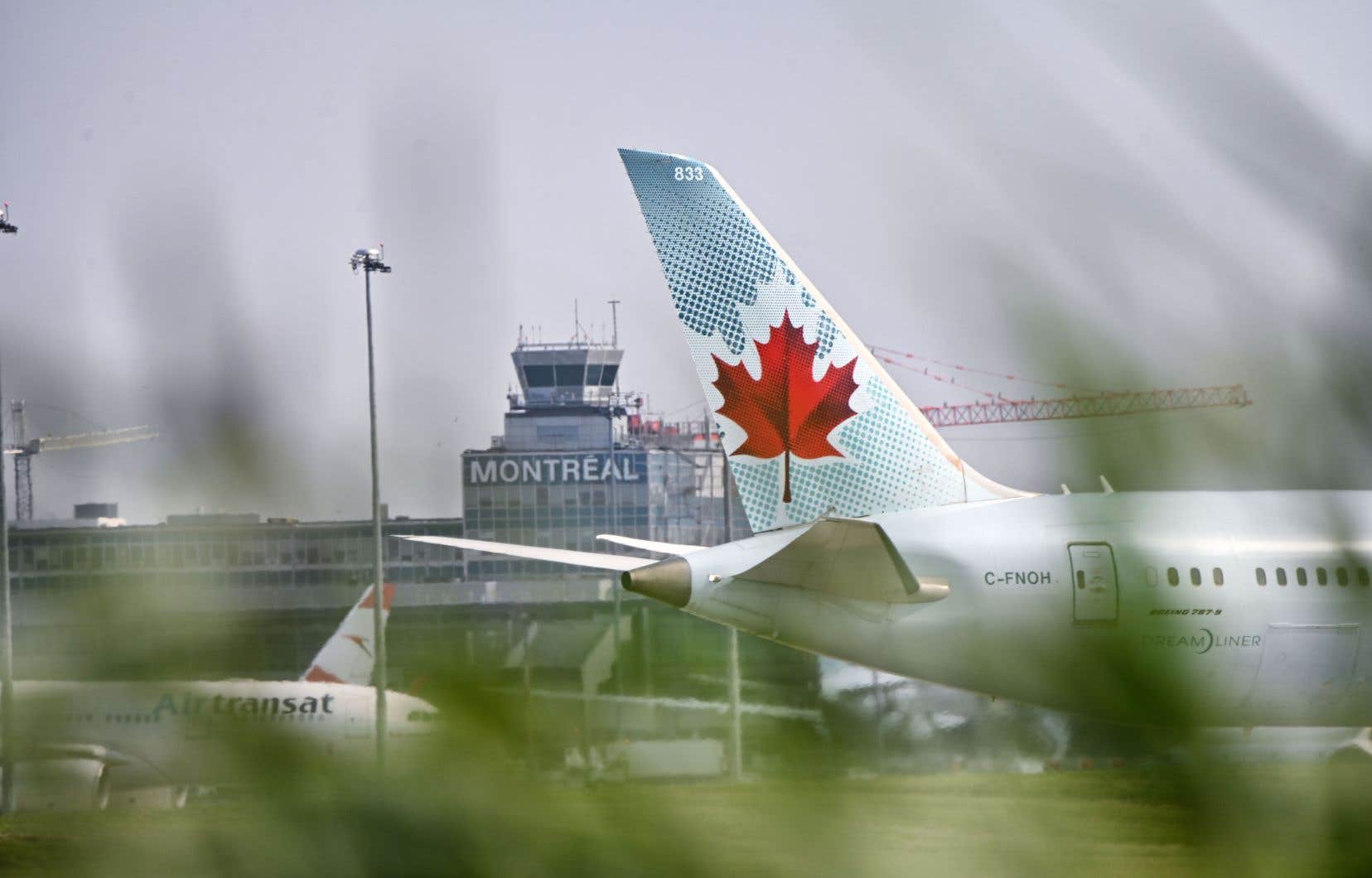Air Canada saw its profit fall by half even as revenue rose in its latest quarter as the country’s largest airline struggles to complete the final stages of its recovery from COVID-19.
The airline reported a profit of $410 million in its second quarter, down from $838 million in the same period last year, while operating revenue rose slightly to $5.52 billion, up from $5.43 billion a year earlier.
“Our second quarter results were solid, although they did not meet our internal expectations,” President and CEO Michael Rousseau told analysts on a conference call Wednesday.
Revenue per seat, however, fell from last year, when strong post-pandemic demand and reduced capacity across the industry led to crowded planes, higher fares and wider profit margins.
Operating expenses, which are 9% higher than last year, also help explain the drop, as the cost of jet fuel and labor has increased, said Chief Financial Officer John Di Bert.
Incomplete recovery
Despite continued growth, Air Canada’s post-COVID-19 recovery remains incomplete four and a half years after borders closed and lockdowns began.
“We are still not back to 2019 levels in terms of scale and size of the airline,” Di Bert said.
Air Canada’s adjusted profit was slightly higher in the second quarter of 2019 than it was five years later. The carrier’s fleet size is also smaller, with 356 planes as of June 30 compared with 400 in the second quarter of 2019, although most of the planes being scrapped were smaller, older and less efficient.
Last Friday, the company’s stock price fell to $14.90, the lowest closing price since October 2020. The stock was trading at $14.91 as of midday Wednesday.
“Like our shareholders, we are disappointed with the performance of our share price […] especially after our record 2023 and after having completely rebuilt the balance sheet. We also know that most global airline stocks are facing similar challenges,” Rousseau said.
National Bank analyst Cameron Doerksen said Air Canada shares would likely remain under pressure until the company reaches a new agreement with its pilots, adding that the stock price reflects a “very pessimistic outlook.”
Earlier this year, executives said business travel would help boost profits in 2024, even as pandemic remote-working habits take hold.
Premium products — business cabin and premium economy — accounted for 30% of ticket revenue growth in the first quarter. These tickets generate higher profit margins than lower-tier seats.
Momentum on that front has continued, particularly in Canada-U.S. travel, said Mark Galardo, head of revenue and network planning. “That being said, we’re still about 25% to 30% below where we were in 2019.”
More flights to Asia
While its competitors focus on transatlantic routes, Air Canada has reduced capacity on those trips by about 8 per cent and increased its volume of flights to Asia by a third. Two new routes — from Toronto to Seoul, South Korea, and from Montreal to Osaka, Japan — have “performed extremely well,” Galardo said.
However, obstacles remain in the Pacific. These include China’s strict restrictions on tour group visits to Canada and a ban on Russian airspace that forces Canadian carriers to take a longer route to Asia, significantly increasing fuel and labour costs.
“It’s too early to say what we’ll see in 2025 because there are variables that are out of our control, like the ability to get to and from China. But I think we can expect the Pacific sector to continue to be relatively robust through the end of the year,” Galardo said.
The Montreal-based airline plans to continue a “measured approach” to expansion, he added. Its fleet had just two more planes in the last quarter than a year earlier. Air Canada has leased eight Boeing 737 Max 8s, which are expected to hit the tarmac next summer.
Air Canada said its profit rose to $1.04 per share in the quarter ended June 30, compared with $2.34 per share in the same quarter last year. The increase came as the airline increased its capacity by 6.5 per cent from a year ago.
On an adjusted basis, Air Canada said it earned 98 cents per share, down from adjusted earnings of $1.85 per share in the same quarter last year.
In its outlook, the carrier noted that it expects to increase its available seat miles capacity by 4 to 4.5% in the third quarter compared to the same quarter in 2023.
